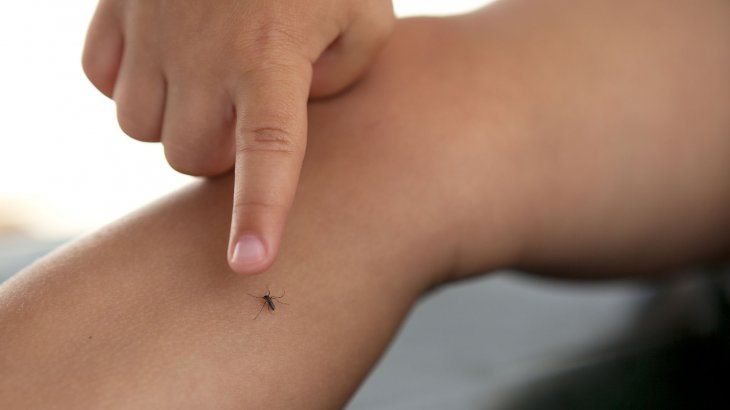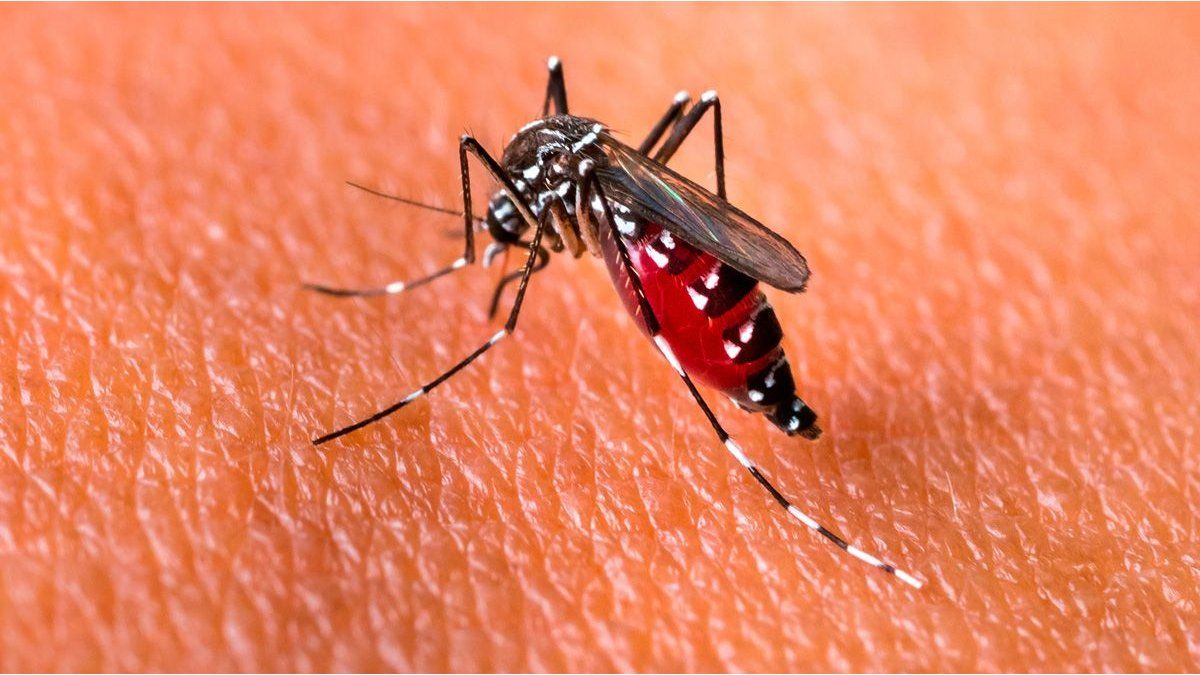Authorities warn about the importance of intensifying surveillance. The increase in temperatures and humidity “favors the proliferation of mosquitoes.”
The two first cases of indigenous dengue in the province of Cordova. These are two women aged 22 and 24 and have no travel history to other regions of the country or abroad.
The content you want to access is exclusive to subscribers.
One of the victims received outpatient care and the other person was left observation for 24 hours in a private institution. In the province they highlighted that it is important that the health teams intensify surveillance of nonspecific acute febrile syndrome, with attention to cases with travel history including within the country.


What they said in Córdoba about these two cases of indigenous dengue
In dialogue with String3, María Eugenia Vittori, director of Epidemiology expressed: “This occurs in a context of increasing temperatures and humidityconditions that favor the proliferation of the mosquito Aedes aegyptivector of dengue”.
On the other hand, he highlighted the importance of early detection of casesindicating: “We are probably more sensitive to detecting cases and that has also helped the diagnosis to be made so quickly.”
dengue.jpg

The proliferation of the dengue vector occurs with increased temperatures and humidity.
Thanasis Zovoilis/Getty Images
What should we do to prevent mosquito breeding?
The steps to prevent the appearance of Aedes aegypti are the following:
- Eliminate unused containers that may accumulate water.
- Keep yards and gardens clean, tidy and weeded.
- Clean animal waterers daily, brushing the walls of the container.
- Fill vases and pot holders with wet sand. If this is not possible, wash them daily and change the water.
- Clean gutters and rain drains from roofs.
- Place upside down, cover or empty those objects that cannot be disposed of and may accumulate water.
Source: Ambito
David William is a talented author who has made a name for himself in the world of writing. He is a professional author who writes on a wide range of topics, from general interest to opinion news. David is currently working as a writer at 24 hours worlds where he brings his unique perspective and in-depth research to his articles, making them both informative and engaging.




